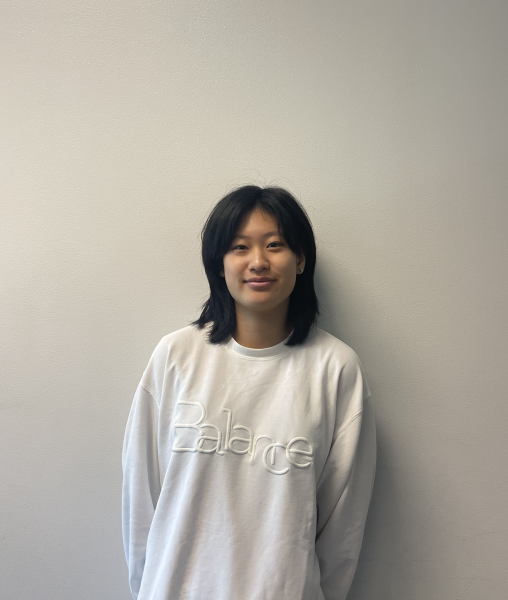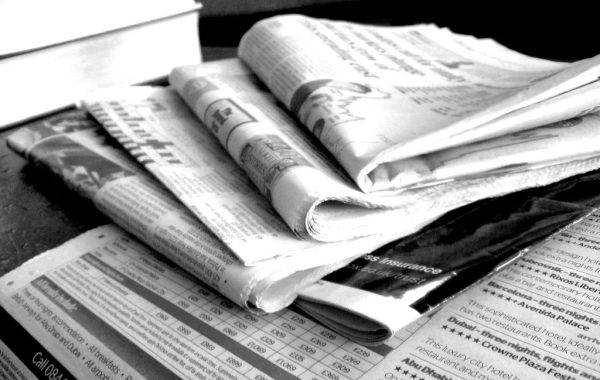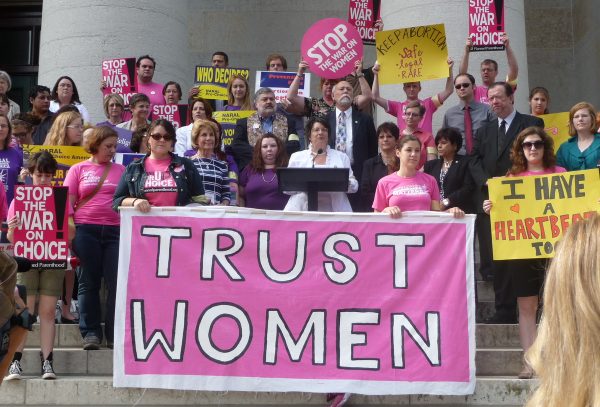Daria
This critical review was written for the SCJEA 2014 Write-Off. It won first place.
Daria’s world is one without Instagram, Twitter, Facebook and the Internet in general, yet its appeal to individuality in a society designed to reward conformity is more relevant than ever.
A cultural zeitgeist of young adult culture at the end of the 20th century, the cartoon television program Daria failed to achieve the longevity of its more raunchy contemporaries such as South Park, Futurama and Family Guy. However, the eponymous Daria’s condescending, Mona Lisa smile has stood the test of time, achieving a substantial cult following in the last decade. Hence, MTV’s recent decision to re-release Daria, which originally aired from 1997-2001, feels like a decision not out of laziness, but instead one of realization.
Daria Morgendorffer’s surroundings are two-dimensional, not only in terms of animation style but also in the cast of characters that surround her.
Vapid solipsism permeates Daria’s setting, which viewers instantly see in an initial scene of the pilot, which involves Daria, voiced by Tracy Grandstaff, and her unfortunately loquacious sister Quinn, voiced by Wendy Hoopes, taking a psychological exam upon the beginning of their tenure at Lawndale High School.
When prompted to describe a conversation between a man and a woman features in a picture, Quinn rambles on about some inorganic, rom-com-ready relationship dispute. Daria says that the picture itself displays a herd of wild ponies across a plain. The psychological tester tells her that she is wrong.
“Why can’t they be whatever I want them to be?” Daria replies in a much lower timbre that the rest of the show’s counterparts. In that refutation lays the discrepancy between Daria and the world around her: the secondary characters want to fit into society, while Daria wants to actively shape it.
Quinn and her peers are hopelessly oblivious to the world outside of the one they already know. The stereotypical popular kids aim only to win the approval of one another, not at all caring about the abstract world of imagination that Daria only briefly lets us observe.
From the beginning, Daria shows aptitude in scholastic enterprises as well as in manipulation. Bookended by ironically dull, a capella series of “la la la’s,” scenes from the pilot display Daria’s ability to say exactly what the adults around her want her to while simultaneously insulting them. Like other short lived shows from the turn of the millenium such as Judd Apatow’s Freaks and Geeks, the main characters feel suppressed by their environment and a rigid status quo. However, Apatow’s show has the advantage of crafting more nuanced supporting characters because the show takes on a more objective perspective. Since Daria is shown solely from the protagonists point of view, the audience only sees tropes and facades of actual people because that superficiality is Daria’s interpretation of suburbia.
Still, Daria manages to find a kindred spirit in Jane, also voiced by Wendy Hoopes, while in mandatory self-esteem class.
“I could pass the test, but I like having low self-esteem. It makes me feel special,” Jane confides in Daria with regard to the reason why she has been in self-esteem class for so long. Thus, Daria and Jane make no attempt to become popular, because they would rather embrace their individuality and have to settle for loneliness while doing so. In the modern era of Tumblr and Tinder, Daria and Jane may feel pressured to find validation in their individuality through social media, but in the late 90s vacuum of the suburban world, the two quietly observe, doodle and dream about the absurdities surrounding them with no external pressure to appease anyone else’s demands.
In almost every sense, the status quo of Daria urges its youth to embrace mediocrity. Daria’s history teacher, voiced by Marc Thompson, chastises her for being a show-off when she knows too many right answers. Her parents want her just to fit in, not to excel at any particular thing. Yet the heart of the story may be found in the homework assignment given the the self-esteem class by Mr. O’Neill, also voiced by Marc Thompson: “Turn your dreams into reality.”
Given Daria’s pessimistic view of the world, we can assume that her teacher did not actually want his misfit students to chase the moon, but from Daria’s absurdist drawings of cheese-heads to the ending credits showing Daria imagined as Queen Elizabeth I, viewers are left with a lingering hope that Daria’s battle in an isolated world will result in her reconciling her dreams with her concrete, unkind surrounding, turning her surroundings from two-dimensional to multifaceted at last.




